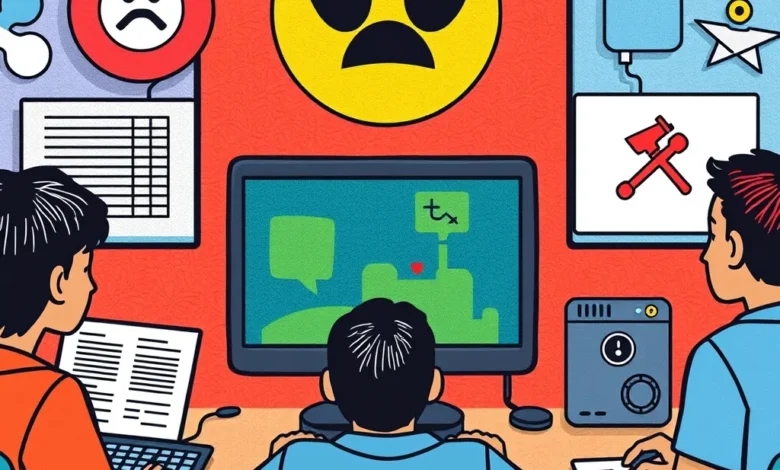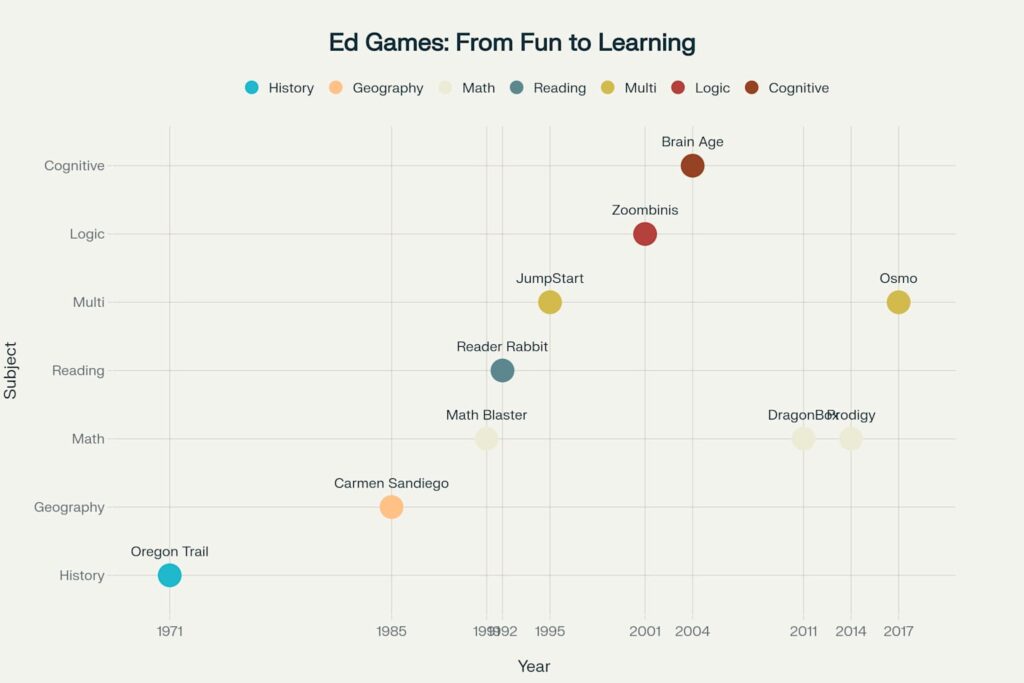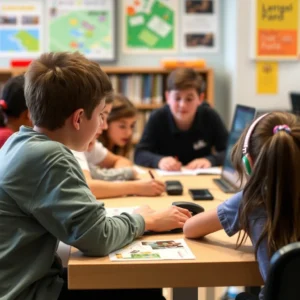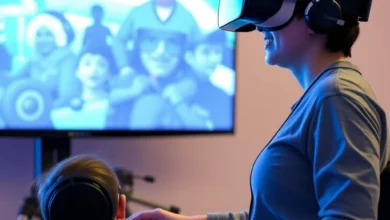How Video Games Are Shaping Education: The Rise of Game-Based Learning

In recent years, the classroom has undergone a quiet revolution. Chalkboards and rote memorization are giving way to interactive screens and digital adventures. At the heart of this shift is the rise of game-based learning—a movement that’s transforming how students engage with knowledge, teachers facilitate lessons, and schools prepare young minds for the challenges of tomorrow.
From Play to Purpose: The Evolution of Educational Games
Video games have long been a source of entertainment, but their journey into education began decades ago. Early titles like The Oregon Trail and Carmen Sandiego introduced generations of students to history and geography through play. These games proved that learning could be fun, and that engagement was the secret ingredient often missing from traditional methods.
decades ago. Early titles like The Oregon Trail and Carmen Sandiego introduced generations of students to history and geography through play. These games proved that learning could be fun, and that engagement was the secret ingredient often missing from traditional methods.
Fast forward to today, and game-based learning has become sophisticated and purposeful. Modern educational games are designed by teams of educators, psychologists, and developers, ensuring that gameplay aligns with curriculum standards and learning outcomes. The result is a new breed of digital experiences that blend the best of both worlds: the motivation and excitement of gaming, and the structure and depth of formal education.
Why Games Work: The Science of Engagement and Learning
What makes video games so effective as educational tools? The answer lies in their ability to turn passive learners into active participants. Games present challenges, encourage experimentation, and reward perseverance. Students aren’t just memorizing facts—they’re solving problems, making decisions, and seeing the consequences of their actions in real time.
This active engagement fosters deeper learning. When students navigate a virtual world, solve puzzles, or collaborate with classmates in a multiplayer environment, they’re building critical thinking, creativity, and teamwork skills. The interactive nature of games also means that mistakes are low-stakes; failure is simply an opportunity to try again, learn, and improve—an approach that builds confidence and resilience.
Immediate feedback is another powerful advantage. Unlike a traditional test, where students might wait days for results, games provide instant responses to choices and actions. This feedback loop helps learners adjust their strategies, correct misunderstandings, and progress at their own pace.
Personalized, Inclusive, and Accessible
One of the most exciting aspects of game-based learning is its potential for personalization. Many educational games adapt to each student’s skill level, offering tailored challenges that keep learners in the “zone” between boredom and frustration. This approach allows students to progress at their own speed, revisit difficult concepts, and celebrate small victories along the way.
educational games adapt to each student’s skill level, offering tailored challenges that keep learners in the “zone” between boredom and frustration. This approach allows students to progress at their own speed, revisit difficult concepts, and celebrate small victories along the way.
Game-based learning is also making education more inclusive. Visual, auditory, and kinesthetic elements ensure that students with different learning styles all have a chance to succeed. Adaptive controllers and customizable settings open doors for learners with disabilities, while language options and localization help break down barriers for students around the world.
Beyond the Classroom: Real-World Skills and Lifelong Learning
The benefits of game-based learning extend far beyond school walls. Many of today’s most popular educational games teach skills that are essential for life in the 21st century. Strategy games like Civilization foster planning and resource management. Simulations such as Minecraft: Education Edition encourage creativity, collaboration, and digital literacy. Even language apps like Duolingo use game mechanics to make mastering a new language accessible and enjoyable.
These experiences prepare students for a world where adaptability, problem-solving, and teamwork are more valuable than ever. By making learning enjoyable and relevant, games help instill a love of discovery that can last a lifetime.
Challenges and the Road Ahead
Of course, the rise of game-based learning isn’t without challenges. Not all games are created equal, and educators must carefully select or design experiences that genuinely support learning objectives. There’s also the ongoing debate about screen time and the need to balance digital activities with offline exploration and social interaction.
However, the momentum is undeniable. Schools, governments, and technology companies are investing in game-based learning platforms, cloud-based solutions, and virtual reality experiences. Teachers are receiving training to integrate games into their lessons, and research continues to highlight the positive impact of well-designed educational games on motivation, retention, and achievement.
Conclusion: A New Era of Learning
Video games are no longer just a pastime—they’re powerful tools shaping the future of education. By harnessing the natural curiosity and drive that games inspire, educators are creating classrooms where students are not just passive recipients of information, but active explorers and creators. As technology continues to evolve, the possibilities for game-based learning are boundless, promising a future where education is as dynamic, engaging, and rewarding as the best games themselves.




